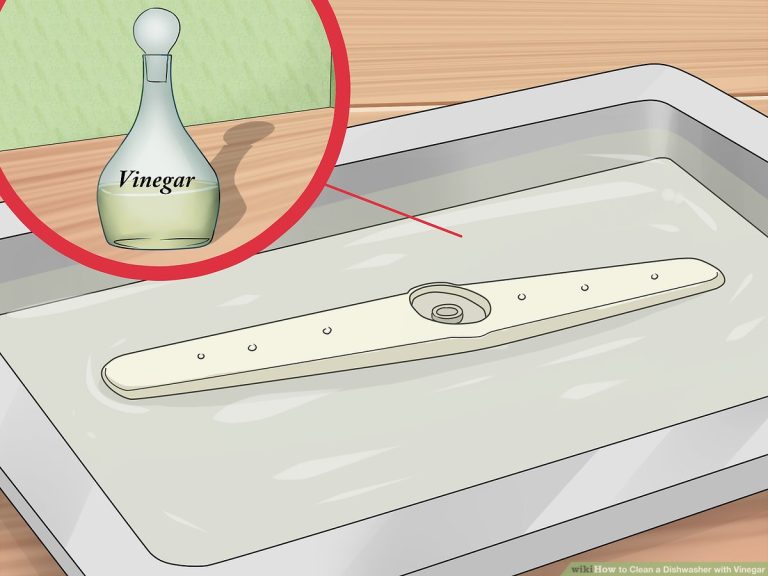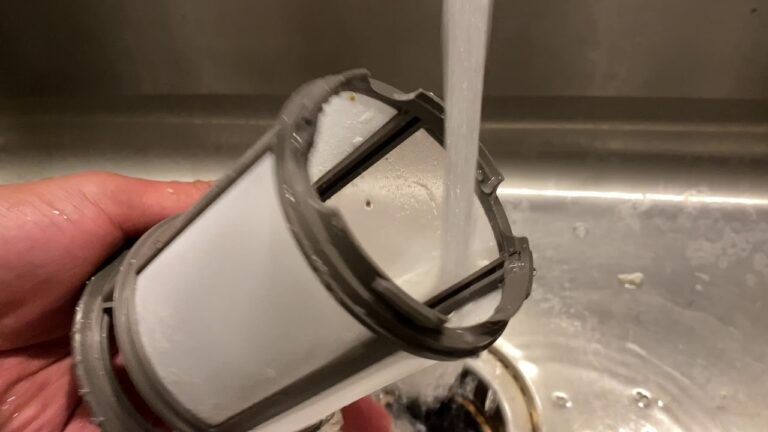Hey everybody, Kevin here. Today, we’re going over the age-old question on how to load your dishwasher the right way. The wrong way, the arguments that happened because of it at home – I know myself, we’ve had arguments about what is the best way to load that dishwasher. Today, we’re giving you tips and tricks on how your dishes are going to be cleaner than they’ve ever been. So, I’m Kevin, and today we’re going over five tips on how to load your dishwasher.

Tip 1: To Rinse or Not to Rinse?
The first tip addresses the age-old question: do I clean all the food off my plate or not? This is more than a simple query; it’s a matter of efficiency and care for your dishes. What you need to do is scrape your food off, do not rinse, and then place it in the dishwasher.
The reason we don’t rinse our dishes is that the soap needs some food particles to cling to. Without these particles, the soap will wear down the dishes, leading to cracks and wear. It’s a delicate balance that requires understanding the chemistry of your dishwasher soap. Without the food particles, the soap can cause more harm than good. In addition, if there’s no food residue, the salt in the dishwasher may leave a hazy film on dishes, affecting their appearance and longevity.
Tip 2: Where to Place Your Dishes
Step number two on how to load a dishwasher is a strategic placement of your dishes. First, we’re starting with the lower rack, the bottom rack, and usually, you put larger items there. This isn’t just a random choice; it’s about maximizing space and ensuring proper cleaning.
You always want to start in the back of the dishwasher first. As you grab larger items, you start in the back, and you place them in the back. This methodical approach ensures that every dish gets the attention it needs. If you’re looking at adding dishes, you want to start loading from outside in, and you want to place dishes so they’re facing inwards. That allows better water flow and it allows the dishwasher to clean those dishes on the bottom rack better.
Tip 3: Loading Glasses and Bowls
When it comes to the top rack of the dishwasher, this is where you put your glasses. But it’s not as simple as tossing them in. You don’t want to place your cups over the tines; you want to place them next to the tines on the side. That side there is angled so that the water on top of the cups will come off and not pool on top of the cups.
You don’t place them over the tines because during the wash cycle, they may move around, and the tines may scratch the inside of your glasses and cause damage to them. This tip is about preserving the quality of your glassware and ensuring that they come out of the dishwasher as pristine as they went in.
Tip 4: Utensils and Silverware Placement
The next step is how you load your utensil basket. A lot of the new baskets today come with this section that the manufacturers made to allow easy sorting of your utensils. However, if you do not have one of these placeholders, what you want to do is alternate your silverware from being face up and face down.
This isn’t just about aesthetics; it’s about efficiency. That just allows your utensils not to nest together, or as many people might refer to them as spoons spooning. That’s what we don’t want because there’s not enough water and soap that gets to the utensils to get them clean. It’s a small detail that can make a big difference in the cleanliness of your utensils.
Tip 5: Avoid Overloading and Obstructions
The final tip is about understanding the mechanics of your dishwasher. As you’re loading the dishwasher, as it’s filled, you want to make sure these wash arms, these jets, are not prohibited in turning. Step number five is don’t overload your dishwasher. This may seem obvious, but many times, like myself, I’m getting close to all the dishes cleaned off the counter, my dishwasher’s full, I just want to cram in a couple more dishes.
But if you do that, more than likely, your dishes are not gonna come out clean. It’s a lesson in restraint and understanding the limitations of your appliance. Overloading might seem like a time-saver, but it can lead to more work in the long run.
Bonus Tips: Detergent and Soap Issues
Two bonus tips I wanna share with you about washing your dishes. First off, if you’re finding a hazy film buildup on your dishes, maybe you’re using too much dish detergent. Maybe switch detergents. Second, if you’re finding that your dishwasher soap is not falling into your dishwasher, so if you look down here, this maybe is not being opened during the wash cycle, what can cause that is maybe a large dish, pot, something is here prohibiting it from opening.
Conclusion
Thanks for reading today. Hopefully, you’ve gained some valuable insights on how to improve the cleaning of your dishes in your dishwasher. These tips and tricks should help you make the most of your appliances and other household items. If you found this guide helpful, please consider sharing it with others who might benefit from it. Thank you so much for stopping by!





